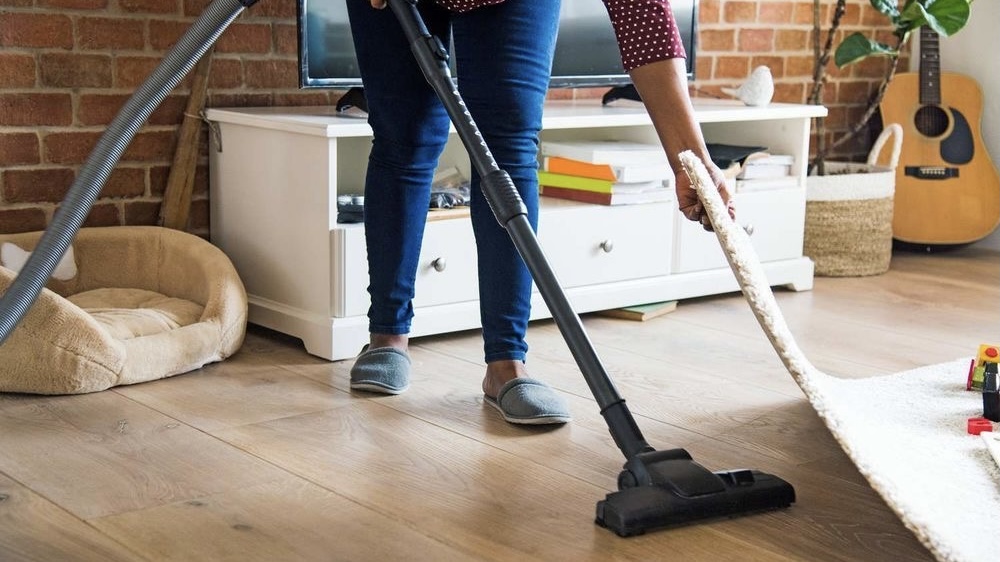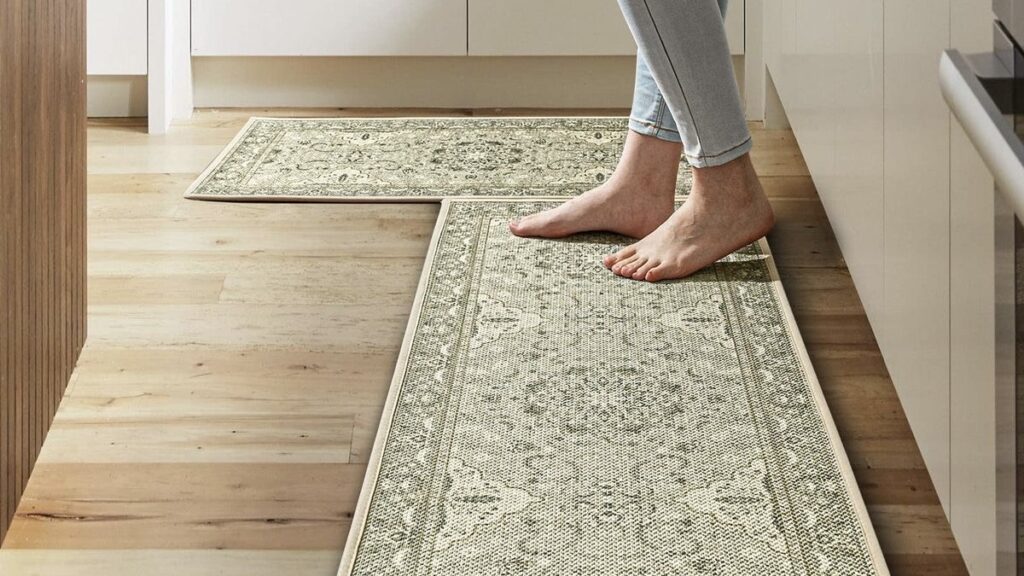Wondering how to remove salt stains from your floors? You’re not alone. It’s a common headache—especially if you live in an area where snow and ice lead to lots of salt on the sidewalks. The good news? You can totally fix it.
Let’s dive into how to remove salt stains from your floors and, better yet, keep them from coming back.
Step 1: Gather What You’ll Need
Before you start scrubbing away at those stains, take a quick look around to make sure you have everything you need. A mop, a microfiber cloth, and some warm water should do the trick.

If you have white vinegar lying around, grab that too. It’s a powerful, natural cleaner that can cut through those stains without damaging your floor. And if you’ve got some baking soda, it’s a handy helper as well for tougher stains.
Step 2: How to Remove Salt Stains From Hardwood Floors
If you’ve got hardwood floors, salt stains can be a bit tricky to handle. But don’t worry! All you need is a mix of white vinegar and water. Just make sure it’s a 50-50 ratio. You don’t want the mixture to be too strong or too weak.
Grab a cloth and gently wipe the stained area. The key here is not to drench the wood—just a light wipe should do. Once you’re done, use a soft towel to dry the area. There you go! Your floor should look as good as new.
Step 3: Tile and Stone Floors? No Worries!
For tile or stone floors, salt stains aren’t much of a problem. If you notice build-up, grab some baking soda and mix it with a little water to make a paste. Smear it onto the stained area and let it sit for a few minutes.

Then, grab a soft brush (even an old toothbrush works great here) and scrub in small circles. Wipe the paste away with a damp cloth, and boom, your floor’s sparkling again. Easy, right?
Step 4: Vinegar to the Rescue
Sometimes, all you need is some white vinegar hacks. It’s a great, simple solution for removing salt stains. Just spray it directly onto the salt residue and let it sit for a minute. Then grab a clean cloth and wipe it off. Simple. Quick. And effective! It works wonders on both wood and tile floors without any extra hassle.
Step 5: Baking Soda for Stubborn Stains
Baking soda is one of those magical things that always seems to work when nothing else will. If you’ve got some tough stains hanging around, sprinkle baking soda right on the salt spots and let it sit.

After a few minutes, take a damp cloth and scrub away. The baking soda lifts the salt, and your floor is left looking like new again.
Step 6: Mats and Rugs Are Your New Best Friends
One of the easiest ways to keep salt stains from ever getting a chance to settle in is by using rugs or mats. Place them by doorways, and make sure they’re big enough to catch the dirt and salt before it gets to your floors. It’s simple but super effective—especially in the winter when salt is everywhere. Trust me, this small change will save you tons of cleaning later on.
Step 7: Keep It Clean—Stay on Top of It
Regular cleaning can help keep salt stains from becoming a problem in the first place. Sweep or vacuum your floors regularly to get rid of dirt and salt before it has time to settle in.

It’s much easier to remove small stains than to deal with a bigger mess later on. Just a quick touch-up now and then is all it takes.
Step 8: Professional House Cleaners to the Rescue
If all else fails and you’ve tried everything under the sun, don’t hesitate to call in the pros. Professional house cleaners have the right tools and know-how to handle even the toughest stains. In addition, they can set you up with a cleaning schedule to keep your floors looking great all year round. If salt stains are becoming a regular thing in your home, this could be a game-changer.
Keep Your Floors Salt-Free and Fresh
Salt stains don’t have to be a permanent fixture in your home. With these simple steps, you can easily get rid of salt build-up and stop it from coming back.

Whether you’re using vinegar, baking soda, or just a regular cleaning routine, it’s all about staying on top of it. Before you know it, your floors will be looking fresh and clean without all that pesky salt residue.
